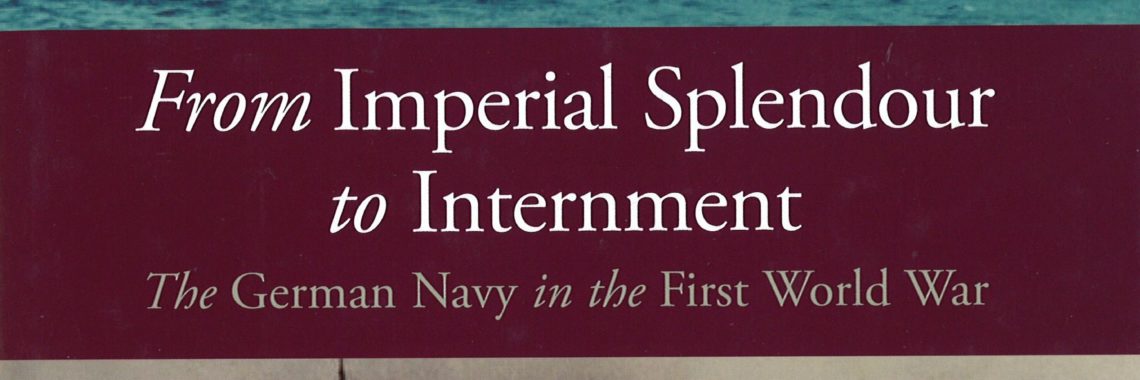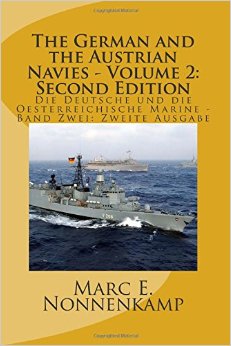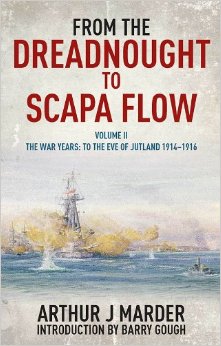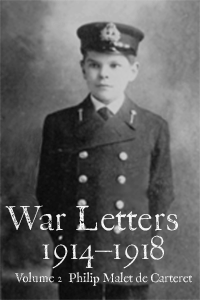BOOK REVIEW – From Imperial Splendor to Internment
By Nicolas Wolz, Seaforth Publishing, Barnsley, England (2015) Reviewed by Winn Price The students of seapower who follows the Naval Historical Foundation’s Naval History Book Reviews have probably read several books about the First World War at sea. There are, after all, hundreds of titles, ranging from the memoirs of the participants published in the





